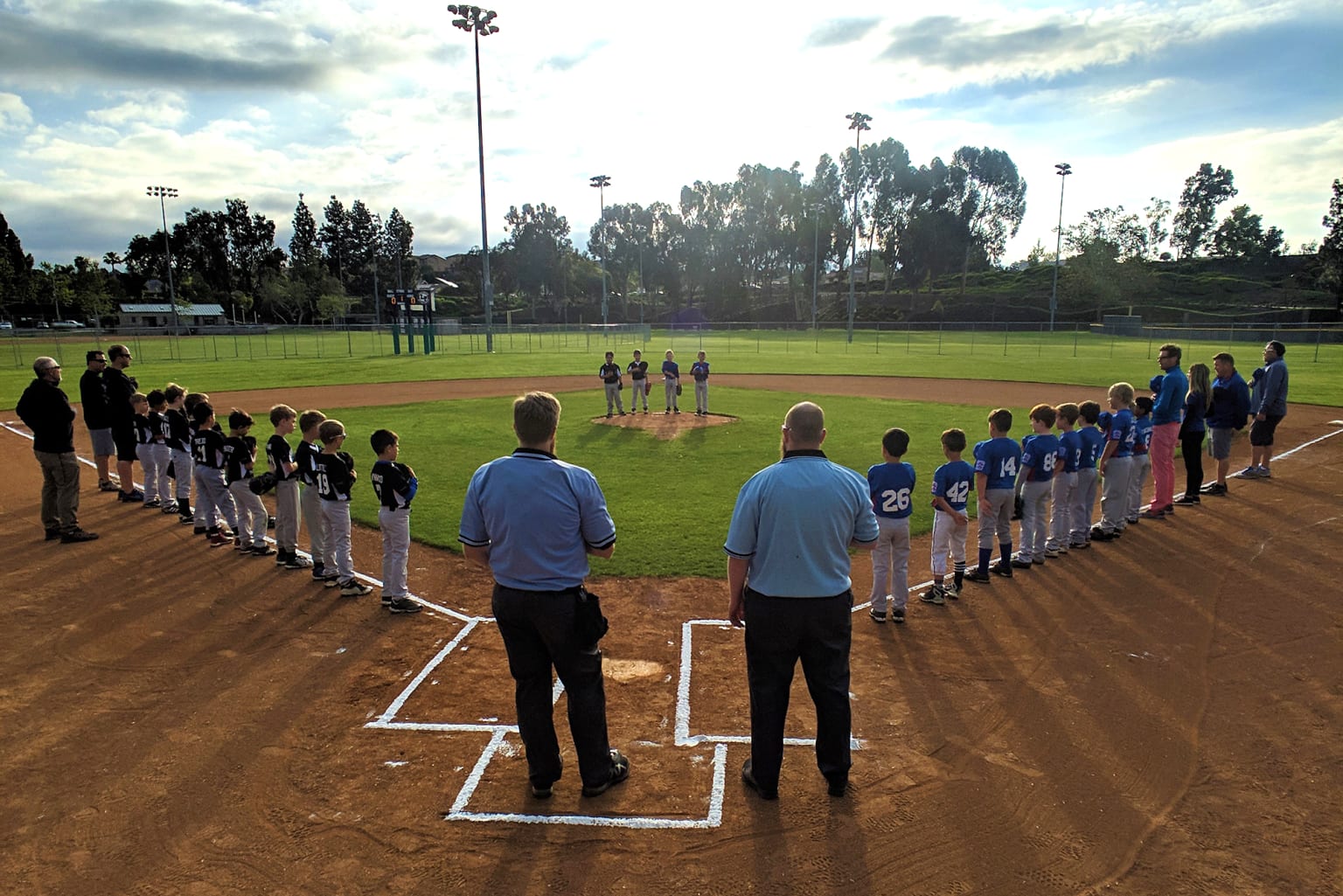
Once players have been placed on rosters and practices can begin and you can start finalizing a game schedule for each of your divisions. Whether you play in-house or interleague, schedules have been sketched out and may be re-worked several times.
Whether this is new to you, or you’re a returning league official here are several points to consider when building your regular-season game schedule.
- It is important to remember that all local league game and practice schedules are at the discretion of the local league Board of Directors. In many leagues, teams average two games a week. The schedule must not provide for less than twelve (12) regular season games per team. Major Division and all upper division regular season teams are permitted to play doubleheaders while Tee Ball and Minor League Divisions are restricted from such.
- It is recommended you break your season into halves. This format provides for a first-half winner which would then play the second-half winner for the league championship at the end of the season (if necessary). This gives an advantage to a “quick start” team as well as a “late bloomer.”
- Remember to allow for rain dates, so that all rain-outs can be made up in the order in which they were postponed. That way, the schedule of “make-up” games is determined solely by the “luck of the draw.”
- Little League® Regulations do not prohibit or promote games or practices on any particular day of the week.
- Consider the days and times when volunteer umpires will be available to work games on weeknights and weekends.
- A practice schedule is determined by the league’s Board of Directors through discussions with the individual division’s Vice President if time on the league’s fields is necessary. Practices may be off league property if the location is approved by the Board of Directors. (Regulation IX.)
- Practice games and scrimmages may only be conducted before the season begins, and can only be between teams in the same division of the same league, out of uniform. Players from different teams should not be mixed during practice (Regulation I c-5).
- Be wary of the field availability. It’s always a good practice to schedule some practice time and games on the “main” field(s) for the younger divisions. This is often seen as a goodwill gesture to the parents and coaches, and is a fun experience for the kids who one day will play there.
Thanks for putting the time and thought into this scheduling process. Remember, try to be considerate and flexible. If you need to move games or times, have a method in place for communicating the changes. Email and social media can be great assets in spreading the word. With a solid regular-season game schedule in place, all the officials, volunteers, parents, and players will be ready for a great season.